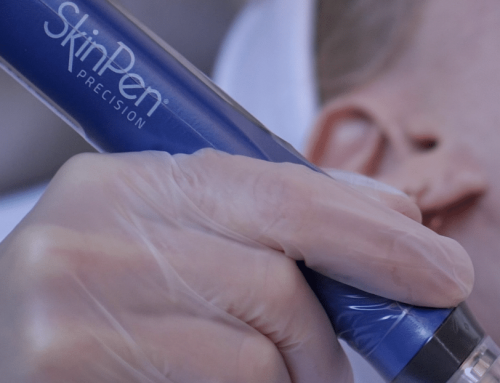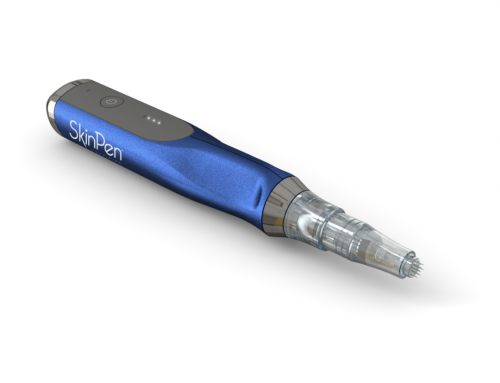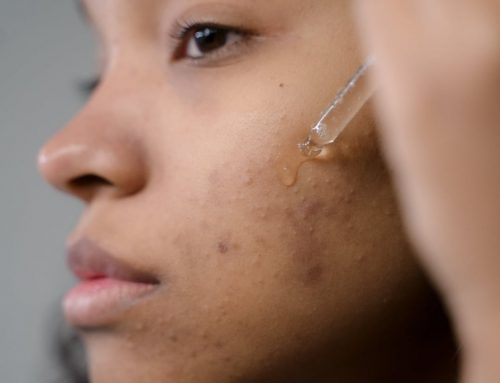The demand for natural skincare is definitely on the rise- and it seems like the kitchen cupboard is doubling as a medicine cabinet too. I’m talking about the latest coconut oil craze.
Why not apply straight coconut oil as a moisturizer?
While it offers natural sun protection (I’m not suggesting this as a replacement for sunscreen) and nourishes the skin, you’re missing out on the research and development that goes into creating a product that optimizes skin functions. I’d reserve coconut oil for the body- facial skin care requires more.
With that in mind, I don’t think I’m alone in wanting to use natural skincare, but I’ve caved in and turned to products that are natural “enough” because my skin hasn’t flourished on a diet of rose water and shea butter.
If you’ve ever paid attention to the ingredient list on food labels and skin care products, then you can relate to being confronted by several seemingly unpronounceable terms that lead you to wonder how good they are for you.
Being that the skin is the body’s largest organ, and a vital organ at that, it seems prudent to only put things on your skin that you’d feel okay about putting in your mouth. If you consider how several medications are in a cream form, as this system of delivery is quickly and easily absorbed by the body, it makes perfect sense to rethink the products that your skin is absorbing daily.
But does this mean that we have to compromise results for our skin- especially when it comes to the aging process?
About five years ago, I probably would have assented to this thought, but there have been some major strides in the development of cosmetics and skincare that can offer anti-aging results without having to sacrifice health. Many consumers have been turning to the Environmental Protection Agency (EPA) as a resource for information about toxic ingredients in skincare. And this means consumers are better informed and demanding safer product formulations.
Chemical ingredients to watch out for are: phthalates, acrylamide, formaldehyde and ethylene oxide which are listed by the EPA and the state of California as carcinogens or reproductive toxins- yikes!
These are just a few of many examples of ingredients that we’re better off not having on our skin- so why are they there in the first place?
While there are probably many reasons that a company will offer for why they choose certain ingredients in a formulation, I would contend that the bottom line plays a big part. Working with active ingredients and eliminating fillers in a product equates to higher production costs and less profits. Many brands are enticed by these increased earnings and unfortunately consumers suffer for it.
 So if you’re ready to go green with your skin, there are some great options out there.
So if you’re ready to go green with your skin, there are some great options out there.
At one point, I used and worked with the Priori Coffeeberry line of natural skincare products. This professional line offers anti-aging results backed by third-party double-blind studies which supports the ethos that age prevention can be a natural process. The only hitch with this line is that not everyone is a fan of the scent. Being that it is natural, there is no synthetic fragrance to masque the smell of the plant extracts, but they’ve done a nice job of infusing vanilla extract to sweeten the scent.
I’m currently a big fan of the Tata Harper Skincare line. After launching Collective Skin Care and joining the Beauty Mark team of service providers, I was introduced to this skincare line and have since introduced the professional Tata Harper Rejuvenating Treatment.
I am extremely impressed by the quality of the products and the research and development that has gone into them. Each product is packed with active ingredients- even the cleansers!
The Proof is in the Pudding
Here are some anti-aging stats from select plant extracts in the Tata Harper line:
Date Palm Extract
- Plays an active role in wrinkle prevention. Clinical trials show a 60% improvement in the surface depth of skin wrinkles.
- Increases Type 1 collagen synthesis.
- Provides antioxidant protection.
- Eliminates toxins from skin.
Spanish Lavender Extract
- Acts as a natural botox by inhibiting muscle contractions by 95% after two hours in vitro clinical testing.
Narcissus Bulb Extract
- Provides an increase in elasticity by up to 14.3% and an increase in skin firmness of 17.5% after 42 days.
And that is just three plant extracts out of a host of active ingredients.
Okay, so I know I’m gushing a bit, but I’ve seen the results these formulations can deliver. I recently had a hormonal breakout which would normally take weeks to heal, not to mention the discolouration that’s left which generally takes months to fade. It’s been a week and the pimple is gone and there’s no pigmented scar. Is it the aloe in the Refreshing Cleanser, the linden extract in the Replenishing Nutrient Complex, or one of 28 actives in the Repairative Moisturizer? It’s hard to say, and I’m not sure I care how it works, it just does.
The only hitch that may arise with this line is the scent (all of the scents are derived from flowers which gives the line a feminine bent which may not be for everyone) and the price tag (all of the products are hand-made in small batches without fillers or toxins, with glass packaging). With these possible detractions aside, a little goes a long way for product usage and the return on investment for improved skin health is most definitely there.
The lesson in all of this? I think I may be a natural skincare convert. How about you? Have you tried any natural skincare products that you can’t live without?
P.S. Did you know that Dermalogica was a pioneer in eliminating irritants, fragrance and dyes from skincare? They are also responding to consumer demands and have begun to eliminate parabens from their formulations.






